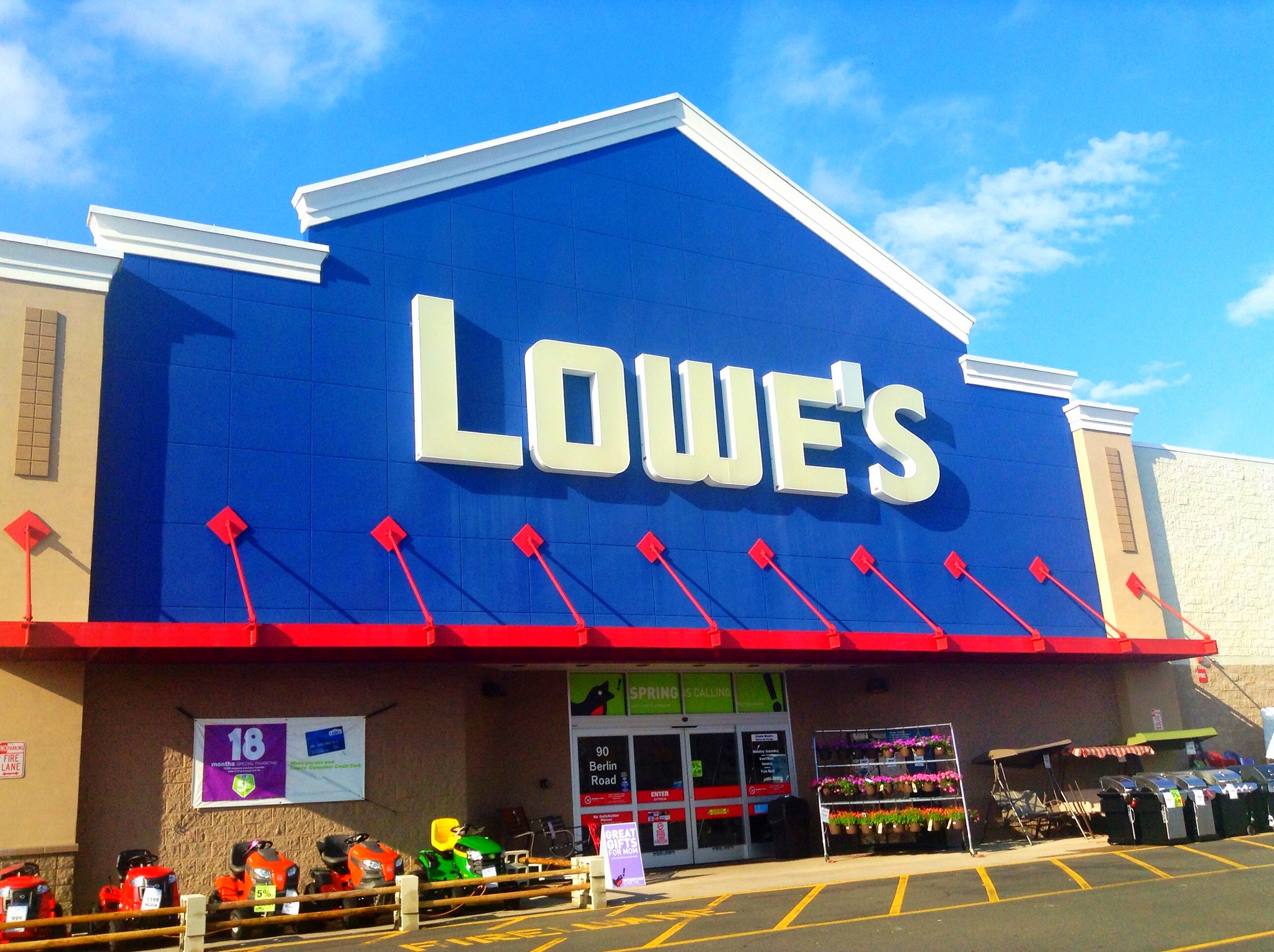 AI
AI
 AI
AI
 AI
AI
One of the more compelling sessions at Nvidia Corp.’s recent GTC conference was a discussion between Azita Martin, vice president and general manager of artificial intelligence for retail and CPG at Nvidia, and Seemantini Godbole, executive vice president and chief digital and information officer at home improvement retailer Lowe’s Cos. Inc.
In her opening remarks March 18, Martin billed GTC as “the Woodstock of AI.” “And if you don’t like Woodstock, it’s the Davos of AI,” she said. “We have some of the greatest minds in the world that are driving innovation with AI presenting throughout the conference.”
Godbole manages the Lowe’s digital business, including lowes.com, and the company’s technology for merchandising, supply chain and store operations. “And of course, we are on our journey to figure out, in partnership with Nvidia, how AI can weave through all these aspects of retail,” Godbole said. “We feel we have very ripe uses for retail.”
Martin said the Lowe’s and Nvidia data science teams have been working together for some time. She asked Godbole about her company’s vision for AI and some of the use cases.
“Lowe’s was doing AI before AI became so cool,” she said. “Suddenly, everybody talks about it. Every conference talks about it.” She noted that Lowe’s wouldn’t do AI just for the sake of it and set out some tenets that AI has to fulfill at the company: helping the business, helping the customers and helping the company’s associates.
“We want to make it as frictionless for our customers as possible,” she said. “We play a significant role in our customers’ lives and are aware of the responsibility.” Godbole says the company wants to use AI to give Lowe’s associates superpowers when customers ask questions. In addition, she said, AI should help the company grow revenue and improve customer satisfaction.
Godbole said that omnichannel is a significant mandate for Lowe’s. For a project such as a new floor, a customer usually starts digitally, browsing ideas, which requires sharp visualizations. To that end, Lowes is partnering with Nvidia to make the visualizations feel as real as possible so customers can see what a floor will look like in their homes.
After playing around digitally, she said, a customer might come to the store. “Because now you want to touch the floor, you want to feel it — whether it’s a carpet or a vinyl floor,” she said. “Then there is that interaction with associates, and the associates should not be asking you questions such as ‘OK, what do you need? What are you looking for?’ They should be able to pick up where you left off digitally and have that continuous conversation.”
Lowes has been using Nvidia Omniverse to create digital twins for its stores. “When Omniverse came up, I think it took us some time to wrap our heads around it and figure out what our use cases would be,” Godbole said. “We used Omniverse and then built APIs on top of that — digital API twins. The rest of the Lowe’s ecosystem can now use those APIs.”
Godbole said that digital twins help planners collaborate in real-time to understand sales performance and identify anomalies, so planogramming takes a small fraction of the time it used to. Martin noted that Lowe’s was the first retailer to create a 3D digital twin. In fact, it has been on the journey since 2002.
Lowe’s is working with Nvidia on computer vision applications and has Nvidia P4s deployed chainwide in its stores. Computer vision can help at self-checkout, where there are some significant friction points. Although theft is an issue, an item is often forgotten on a cart. Lowes can conduct computer vision inference in real time to prevent any problems.
“We needed a little nudge to say, ‘Hey, did you forget something? We can see something in your cart that you haven’t checked out,’” Godbole said. “We are just trying to verify what you’re scanning and what you have in your cart. And if there is a difference, we highlight that in a very polite and customer-friendly way.”
Godbole says the chain has essentially created “mini but extremely powerful data centers” in its 1,700 stores.
When wandering the aisles of lumber, plumbing fixtures and drywall at Lowe’s, you don’t often consider the technology needed to run an operation like that. However, Lowe’s is an early adopter of tools that it hopes will keep its customers returning for more. The partnership it has forged with Nvidia could be one the longest-running in the business and certainly one of the most productive.
My only critique of Lowe’s self-checkout is that it lacks one crucial option. You can get your receipt printed (who wants that?), or you can get your receipt emailed and printed (and who in their right mind would want both?). At least at my local store, there’s no option for email only. And that’s all you want, right?
If Godbole can fix that, she’ll be onto something. I don’t think it’ll take too much Nvidia horsepower.
Zeus Kerravala is a principal analyst at ZK Research, a division of Kerravala Consulting. He wrote this article for SiliconANGLE.
Support our mission to keep content open and free by engaging with theCUBE community. Join theCUBE’s Alumni Trust Network, where technology leaders connect, share intelligence and create opportunities.
Founded by tech visionaries John Furrier and Dave Vellante, SiliconANGLE Media has built a dynamic ecosystem of industry-leading digital media brands that reach 15+ million elite tech professionals. Our new proprietary theCUBE AI Video Cloud is breaking ground in audience interaction, leveraging theCUBEai.com neural network to help technology companies make data-driven decisions and stay at the forefront of industry conversations.